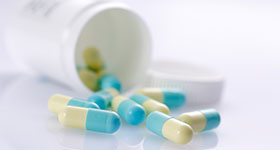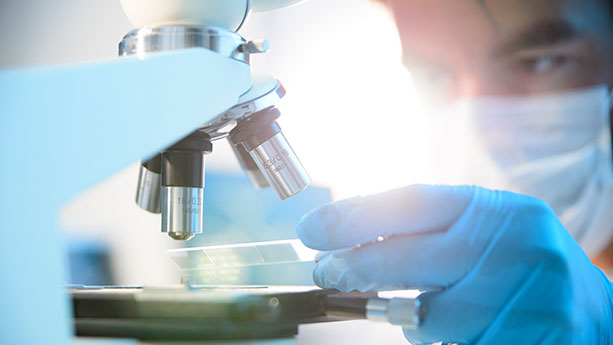Interventional psychiatry is a mental health specialty that uses electrical or magnetic stimulation, as well as some drug treatments, to alter brain circuitry and subsequently ease the symptoms of long-term depression, bipolar disorder and anxiety disorders.
Alta Bates Summit Medical Center offers both electroconvulsive therapy and other interventional psychiatry treatments. You may be a candidate for interventional psychiatry if medication and therapy have not helped you.
Electroconvulsive Therapy (ECT)
Electroconvulsive therapy (ECT) is a procedure that utilizes an electric stimulus that moves through your brain to treat depression and other debilitating behavioral health illnesses. In many cases, ECT may significantly reduce or even reverse symptoms such as severe depression and catatonia.
You may be a candidate for ECT if medication or other treatments have not worked. ECT is done in a hospital setting while you are under general anesthesia. Patients typically receive treatments that are initially a few times per week and then space out to every week for approximately six to 12 weeks.
ECT itself takes about five to 10 minutes, with added time for preparation and recovery. For your first treatment(s), you may be admitted to the hospital, with subsequent treatments as an outpatient.
Preparing for ECT
- Before ECT, you receive medicine to relax you (muscle relaxant). You also receive a short-acting anesthetic to minimize any pain.
- The medical team places electrodes on your scalp to monitor your brain activity and deliver the electric stimulus.
Side Effects
Risks and side effects may include confusion, memory loss, physical side effects and medical complications. These risks will vary by patient. Discuss your ECT treatment plan and its potential risks and side effects with your doctor.
Further information regarding the possible risks and side effects of ECT treatment can be found here: eCFR :: 21 CFR 882.5940 -- Electroconvulsive therapy device.
Vagal Nerve Stimulation (VNS)
Vagal nerve stimulation uses electrical impulses to stimulate areas of the brain that regulate mood, sleep, appetite and motivation. It is used to treat long-term or recurring depression and bipolar disorder.
Subtle electrical signals are delivered to the brain from a battery-operated, computer-controlled device called a pulse generator, which is surgically implanted in the upper chest like a pacemaker. Wires attach the device to the left vagus nerve, which travels from the brain down through the neck and to several of the major organs. Electric signals travel from the generator to the vagus nerve. When stimulated, the nerve sends signals up to the brain.
These electrical impulses relieve symptoms of depression or mania in some people–for reasons that doctors don’t fully understand. It usually takes several months, however, to see the results.
Transcranial Magnetic Stimulation (TMS)
Transcranial magnetic stimulation uses short pulses of magnetic fields to stimulate nerve cells in the area of the brain thought to control mood. These pulsed magnetic fields may have a positive effect on the brain's neurotransmitters levels. TMS may provide an alternative treatment option for those who have not benefited from the use of antidepressant medication.
TMS is an outpatient procedure done in your psychiatrist’s office, and does not require sedation or surgery. You remain awake and alert during treatment, which lasts about 20 to 40 minutes. TMS consists of at least five treatments a week during a four to six-week period.
Ketamine Infusion Therapy (KIT)
Ketamine infusion therapy is a newer treatment option for people with mental health conditions that have not improved with medications or other interventional procedures.
The drug acts on an entirely different neurotransmitter system than antidepressants, and often brings rapid relief to some people with severe depression or suicidal thoughts.
When you arrive for your treatment, you are placed on a bed, and an IV is inserted in your arm. You then receive a 40-minute infusion of a very low dose of ketamine. Though this drug is an anesthetic, the dose is so low that at most, you may become a little drowsy.














